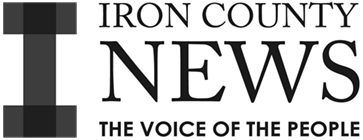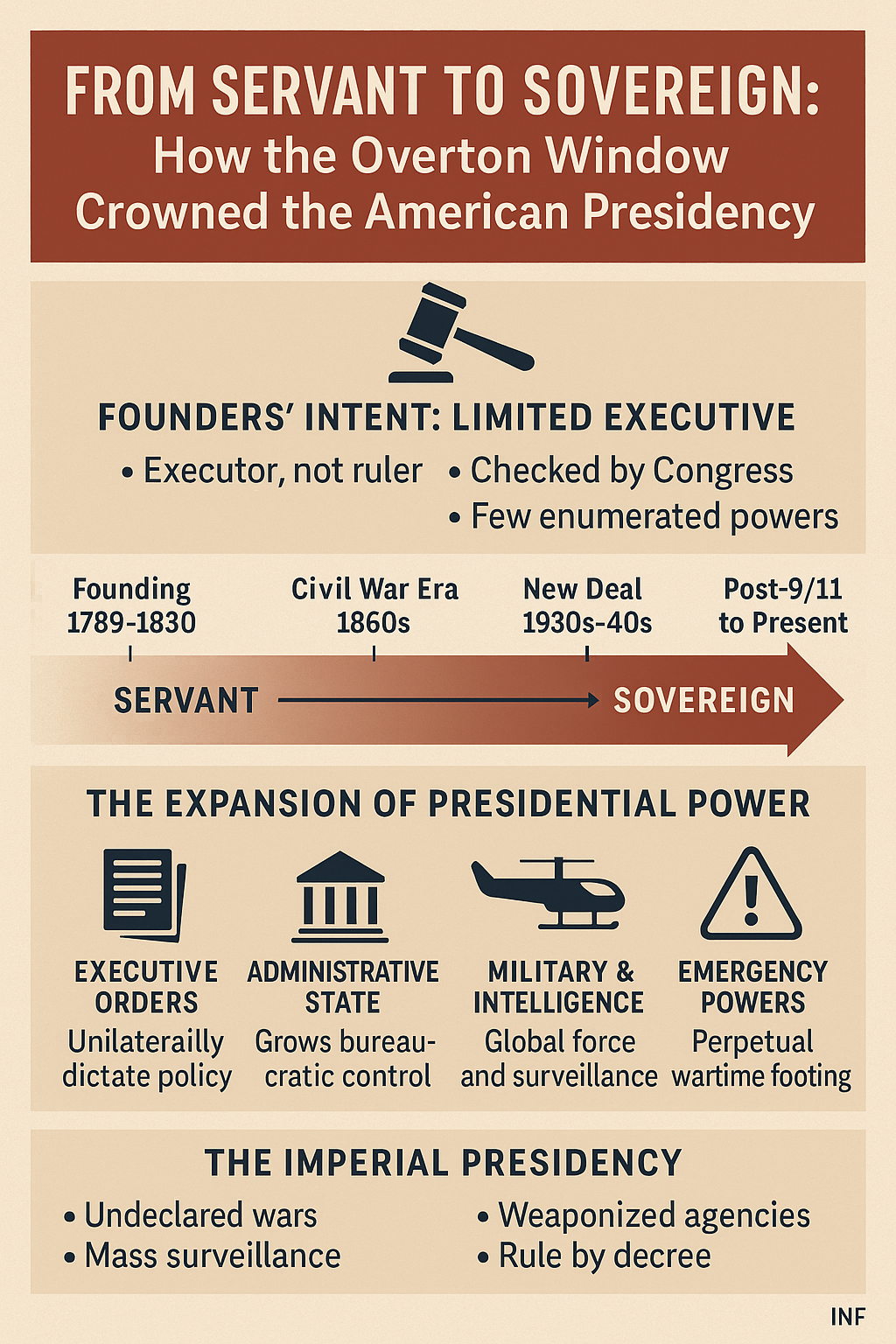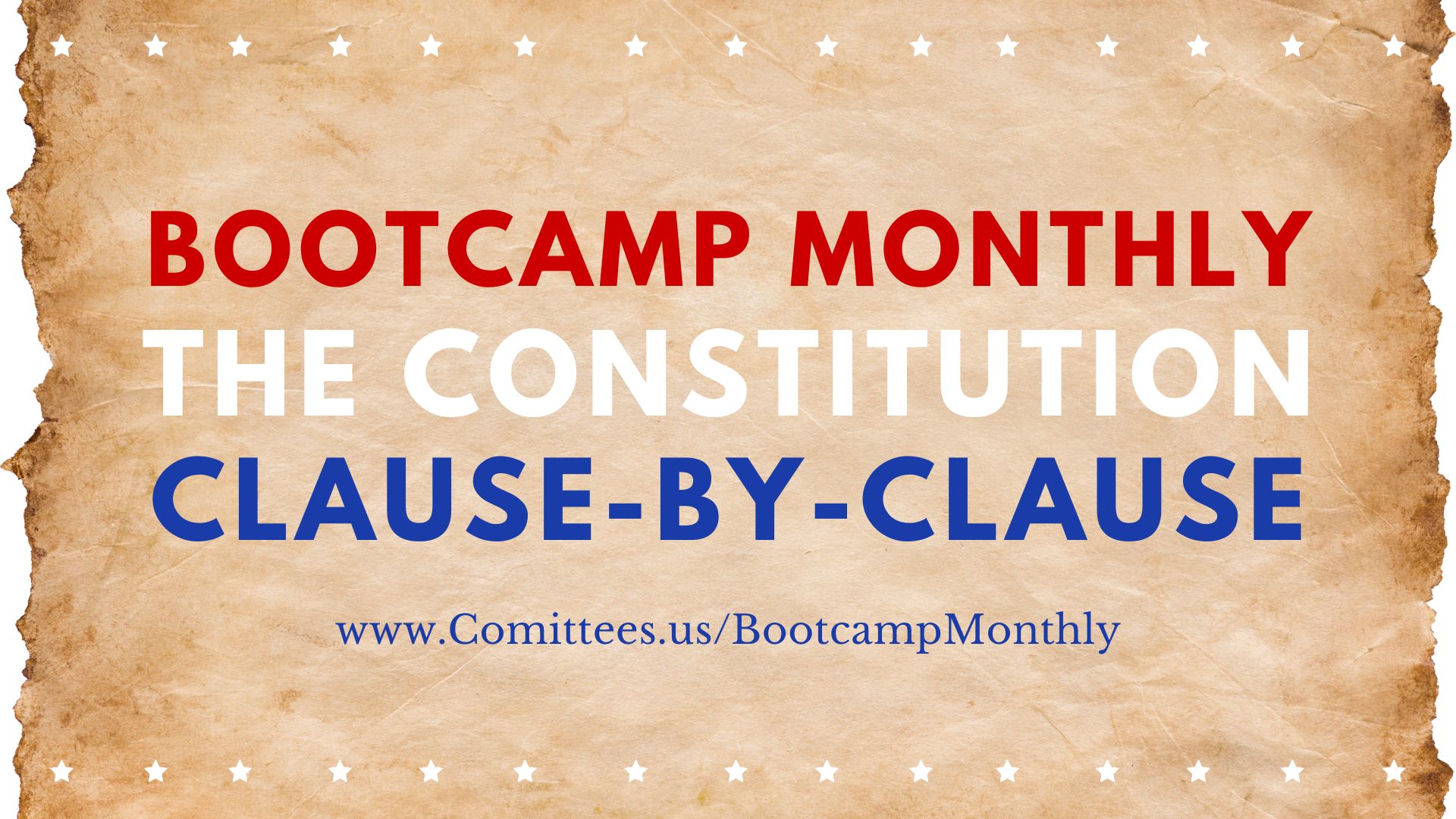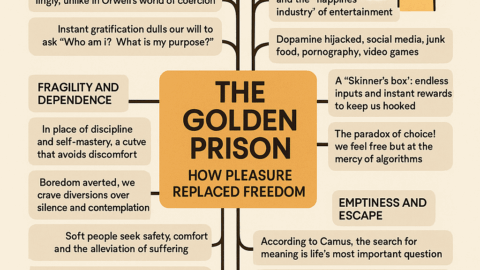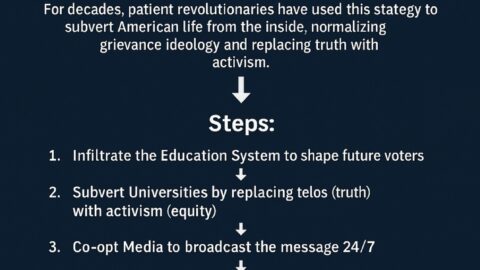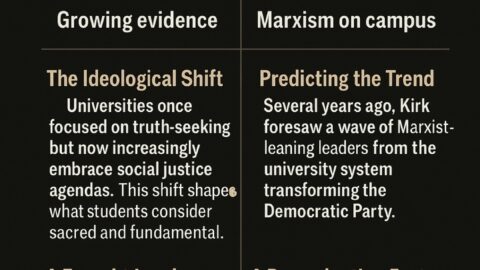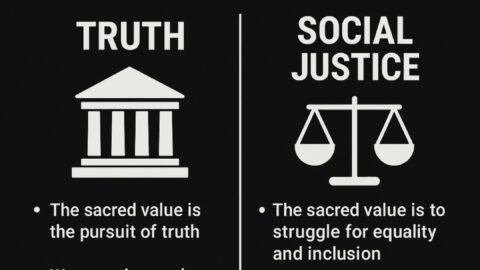Here is a comprehensive article on how the Overton Window has moved the Executive Branch of the U.S. government—from the Founders’ restrained vision of a limited constitutional servant to today’s imperial presidency wielding near-monarchical power, particularly in war, surveillance, and regulation.
🏛️ From Servant to Sovereign: How the Overton Window Moved the Executive Branch from Constitutional Restraint to Imperial Power
“The accumulation of all powers, legislative, executive, and judiciary, in the same hands… may justly be pronounced the very definition of tyranny.”
—James Madison, Federalist No. 47
At the founding of the Republic, the Executive Branch was designed to be limited, restrained, and checked. The President would faithfully execute the laws written by Congress—not create them, reinterpret them, or ignore them.
Today, the modern presidency commands:
- Executive orders with the force of law
- Vast intelligence networks
- Perpetual undeclared wars
- An alphabet soup of agencies writing thousands of rules
- The power to surveil, sanction, or stimulate the entire economy
This transformation is a textbook example of the Overton Window in motion—slowly shifting public perception until unthinkable executive behavior becomes expected, even celebrated.
I. The Founders’ Intent: A Limited Executive
The Framers feared executive power because they had just fought a war against monarchy.
Foundational Design:
- President = executor, not legislator or judge
- No standing army, no unilateral war power
- Must seek Congressional approval for war, treaties, and spending
- Can veto bills, but not bypass Congress
Key Founders’ Warnings:
- Jefferson: “An elective despotism was not the government we fought for.”
- Madison: The executive must be “confined within the limits of the Constitution.”
- Washington: Voluntarily stepped down to prevent the image of a king.
II. The Overton Shift: From Servant to Imperial President
| Era | Role of Executive | Overton Window Position |
|---|---|---|
| Founding (1789–1830) | Limited constitutional executor | ✅ Normal |
| Civil War Era (1860s) | Emergency expansion of power (Lincoln) | ⚠️ Exceptional justification |
| Progressive Era (1900–1930) | National activism (TR, Wilson) | 🔄 Pushes window toward centralized executive |
| New Deal (1930s–40s) | Economic control via agencies (FDR) | 🧨 Expanded executive norm |
| Post-WWII/Cold War | War powers + intelligence expansion | 🚨 Commander-in-chief supremacy |
| Post-9/11 to Present | Permanent emergency power | 👑 Executive as central driver of law & policy |
III. Tools of Executive Expansion
1. Executive Orders
- Once rare, now used to bypass Congress
- Regulate environment, immigration, health, and even morality (e.g., DEI, mandates)
2. Bureaucratic Rulemaking (Administrative State)
- Presidents control agencies (EPA, CDC, IRS, ATF, FBI, etc.)
- These agencies issue binding rules—laws without Congress
3. Military & Intelligence Complex
- Secret wars, drone strikes, CIA coups
- Surveillance of citizens via NSA (Edward Snowden revelations)
4. Emergency Powers
- COVID-19, Patriot Act, War on Terror
- “Temporary” powers become permanent tools of control
5. Signing Statements
- Presidents rewrite bills they sign, adding their own interpretations
IV. Symptoms of the Imperial Presidency
- Wars without declarations (Iraq, Libya, Syria, Yemen)
- Rule by fiat (executive orders on climate, guns, speech)
- Mass surveillance and digital censorship coordination
- Weaponization of agencies (IRS, DOJ, FBI) against political enemies
- Cult of personality politics (Presidents treated as saviors or dictators)
The President has become the central figure in American life, overshadowing Congress and the Courts.
V. Public Psychology & the Overton Window
How did Americans come to accept this?
- Fear: “We need strong leadership in times of crisis.”
- Hero worship: Media glorifies presidents as world-shaping titans.
- Stage 4 morality: “It’s legal if the President does it.”
- Loss of civic education: Few understand separation of powers anymore.
This shift has conditioned the public to expect rule by command, not by deliberation, consent, or principle.
VI. The Solution: Restoring the Founder’s Balance
To reverse this Overton drift:
- Reassert Congressional war powers and budget control
- Dismantle permanent emergency declarations
- Restrict executive orders to their constitutional scope
- End agency rulemaking that bypasses Congress
- Teach the Constitution’s limits on power to every citizen
Conclusion: The New American Crown
The President was never meant to be America’s savior, moral compass, or monarch. But today’s Executive Branch bears more resemblance to a throne than a constitutional office.
“If tyranny and oppression come to this land, it will be in the guise of fighting a foreign enemy.”
—James Madison
Unless the people demand the re-limiting of presidential power, we will continue to drift from republic to empire—not by revolution, but by inertia.
